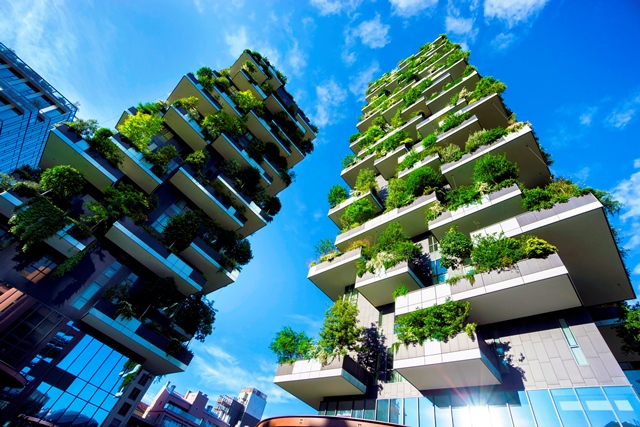Award Magazine, August 2017, by Natalie Bruckner-Menchelli
It has been well documented that mechanical systems providing indoor environmental control and domestic hot water functions generally represent the largest consumer of energy in Canadian high-rise multi-unit residential buildings. However, as government, owners and end users shine a spotlight on the sector, leaders in the field have taken it upon themselves to drive mechanical and HVAC systems towards a more sustainable future and are participating in R&D efforts to ensure buildings are optimized and can actually achieve the energy goals of not just today, but 30 years from now.
Over at Williams Engineering Canada Inc., the highly skilled team of mechanical engineering specialists are constantly optimizing key strategies in an effort to maximize efficiencies and minimize wasted energy, and are investing in new technologies and education to take the sector towards a lean and sustainable future. “The City of Vancouver’s Zero Emissions Building Plan has a new green building policy to achieve zero emissions for new buildings by 2030. This is driving the building industry to revisit conventional ways and be creative to meet those goals,” explains James Y. P. Lee, regional director at Williams Engineering.
One way to achieve this is through heat recovery ventilators (HRVs) that use a heat recovery ventilator, heat exchanger, air exchanger, or air-to-air heat exchanger that employs a cross-flow or counter-flow heat exchanger between the inbound and outbound air flow. “The City of Vancouver is at the forefront of this movement,” explains Peter Kuo, mechanical team lead at Williams. “HRVs offer improved efficiency and superior ventilation, and are the shortest path to meeting new Code requirements. But they have to be installed properly.”
Williams Engineering is currently working on a groundbreaking new project in Vancouver due to be completed by 2022. The project will feature a 45- and 50-storey building and consist of HRVs, as well as a number of other new technologies to meet many stringent targets set by the City (such as Green Building Policy for Rezoning, General Policy for Higher Buildings and City of Vancouver Neighbourhood Energy Interpretation Guide for Rezonings). “The building will demonstrate leadership in sustainability, and we are using mechanical systems to help achieve those targets,” says Lee. “In addition, the underground parkade has a ventilation tunnel using a concrete wall on one side with a cavity behind that has a metre space in between. The air drawn from the outside into the tunnel will be preheated and pre-cooled prior to entering into the building ventilation system. This mimics a geo-exchange system as we use the ground temperature, and is quite a unique and simple way to take advantage of relatively consistent ground temperature throughout the year.”
Kuo adds that Vancouver’s plan for all new city-owned and Vancouver Affordable Housing Agency projects to be built to certified Passive House standards is also having an impact on the sector. Heat recovery from the waste water, such as the bathroom and kitchen sewer heat recovery, is becoming more common. Passive House buildings must have an annual heating and cooling demand of not more than 15 kilowatt hours per square metre of building (15 kWh/m²) per year, and total primary energy (calculated as source energy, not metered energy at the building) must not exceed 120 kWh/m² per year. Passive House buildings typically require a mechanical ventilation system with HRV to run 24 hours a day.
This leap to Passive House standards means that conventional heating systems design needs to evolve, and buildings can be heated with considerably minimal amounts of heat input with the ventilation air distribution system or other low energy input systems. Kuo adds that technologies are evolving every year and he expects to see other alternative energy sources such as solar energy having a greater influence on mechanical and HVAC systems in the near future.
Read the full article – Turn-Up-The-Heat
